In record numbers, Americans are opening their wallets and spending on plastic surgery procedures including breast augmentation, liposuction, and minimally-invasive techniques like Botox injections. For years, experts have looked for a connection between good economic times and a surge in plastic surgery. As it turns out, there may indeed be one.
Extra $ = Desire for Change
It may be the way it goes, if you look at the numbers. An American Society of Plastic Surgeons report found that Americans spent more than $16 billion on plastic surgery in 2016, making it the biggest spending year the United States has seen in cosmetic surgery. Experts have noted a connection between a booming economy and plastic surgery. When consumers have extra spending money that often translates to a desire to change their appearance, it pushes up the numbers in plastic surgery.
“I think when people have more discretionary income, people want to look good,” says Dr. Shaun Parson, a board certified plastic surgeon in Arizona. Parson says he has kept tabs on his client numbers in the last decade and watched them rise and fall with the economic times. “You could graph what happened those years in my practice, and it was remarkable to watch.”
A Hot Economy – Cars, Trips or Plastic Surgery?
In good economic times, there will be splurge spending across the board. Parson says it’s a choice about where to put those extra dollars. “Some people will want to channel their money toward cars or home improvement, but others will look toward self-improvement,” he explains. When there’s cushion in the budget, often people will spend on what makes them happy, and that may be an option that makes a person look and feel better, like plastic surgery.
There’s been a lot of research focused on the economy and it’s impact on plastic surgery with some data showing a link, right down to specific procedures. A report published in Plastic and Reconstructive Surgery shows that as home prices increased – along with disposable income – so did revenue from minimally-invasive procedures, like Botox injections. This means people likely had a little extra cash so they were willing to spend it on a cosmetic procedure that didn’t require a lot of downtime and one that is more budget-friendly.
On the flip side, the same report shows as the unemployment rate went up, revenue from aesthetic surgery went down. This means if someone doesn’t have a job, plastic surgery probably isn’t in the picture. If you are trying to pay the rent and buy groceries, liposuction probably isn’t the first priority.
What’s On The Horizon
Fast forward to current times with a growing economy and employment outlook. With the jobs outlook trending upward, most experts believe that’s very positive for the plastic surgery industry. With younger people focused on looking good to continue to climb the corporate ladder, it’s a trend that’s likely to continue. “We are a youth driven country, so I think it’s a trend that will continue,” says Dr. Steve Finical, a board certified plastic surgeon in Charlotte.
If a consumer is conflicted about whether to take the leap and get a procedure, being secure in a job may be the necessary push. Some people are reluctant to schedule surgery if they suspect their job is in jeopardy. An improving economy may be reason enough to celebrate a better outlook – with a better look.





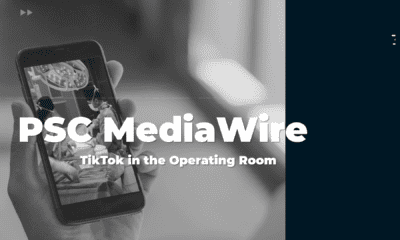


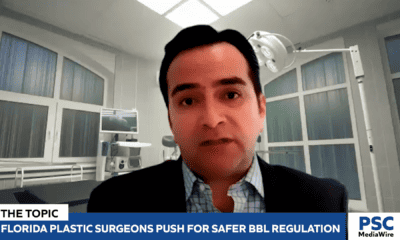
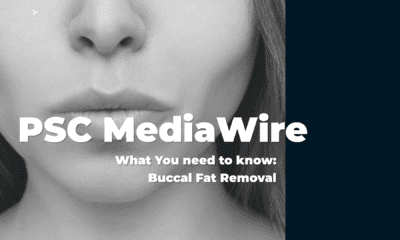
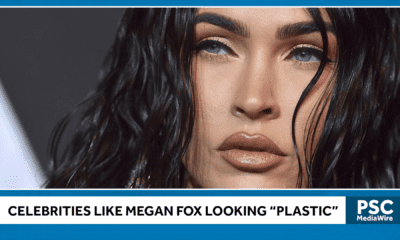

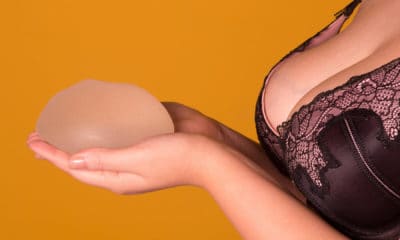
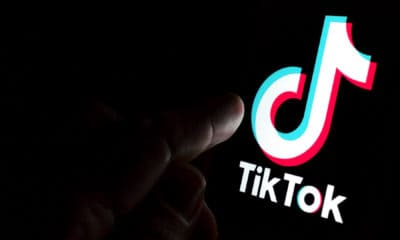




Facebook
Twitter
Instagram
YouTube
RSS